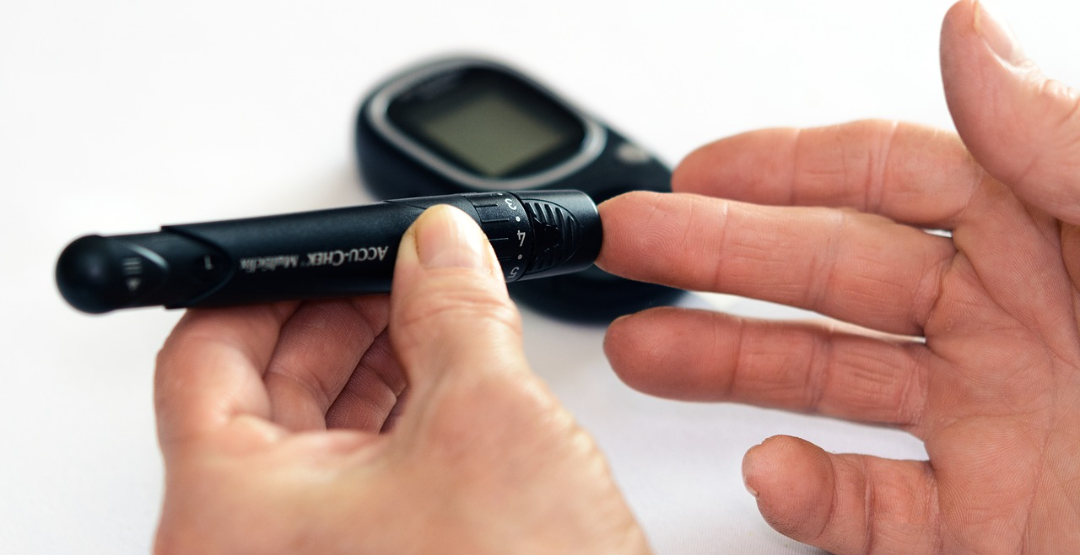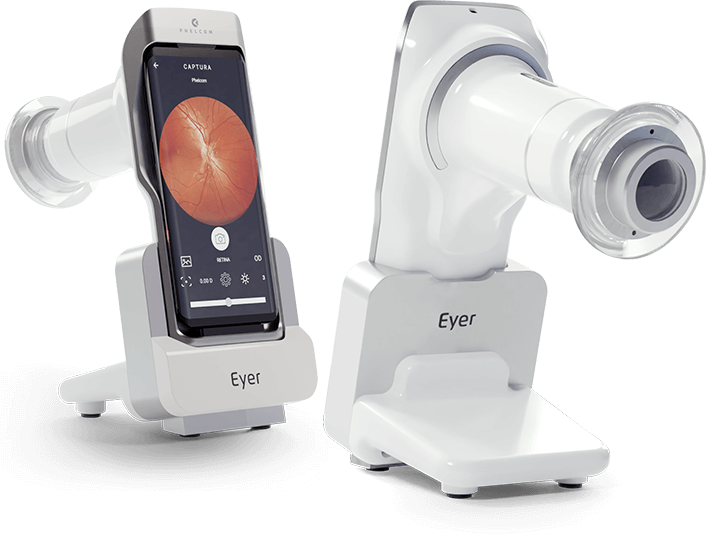The search for a cure for diabetes is one of the main aspects of the health research sector. According to the World Health Organization (WHO), 422 million people suffer from the disease worldwide. It is also responsible for 1.6 million annual deaths.
Scientists at the University of Alberta, Canada, recently announced that they had discovered a possible solution for the problem. With a new stem cell process the team was able to transform the patient’s own blood into insulin-producing cells. The clinical research was carried out on mice. Learn more about the study, the results and next steps.
Research
Researchers at the University of Alberta in Canada are working with scientists from all around the world on a new stem cell technique.
The study basically turns the blood of patients with type 1 diabetes into insulin-producing cells .
To do this the team adapted the technique of the 2012 Nobel Prize winner in Physiology or Medicine, Shinya Yamanaka, for the treatment of diabetes. Yamanaka discovered how to reprogram skin cells, through the use of hormones and other growth factors, in induced pluripotent stem cells (iPSCs). These could be induced to become any type of cell.
The Canadian researchers took blood samples from patients and treated the cells with a cocktail of hormones and other growth factors to “go back in time” and induce them to become insulin-producing cells. Then, they transplanted into mice with type 1 diabetes.
Results
The new technique achieved a cure for diabetes in mice. If successful blood cell transplantation would overcome the challenges of islet transplantation, such as the need for anti-rejection drugs and lifelong insulin applications. The project leader is physician James Shapiro, who made history 20 years ago with the “Edmonton Protocol“. The procedure places new insulin-producing cells in the patient by transplanting islets harvested from pancreases of organ donors.
However, they have significant side effects, such as an increased risk of cancer and potentially fatal infections.
But this new research believes that using the patient’s own cells should eliminate the problem.
Now the hope is that it will also generate results in humans. However, there is still a long road ahead. Undoubtedly, further evaluations in animals are still needed to demonstrate that the procedure can be possible, safe and effective. Only then should the research test people.
Obstacles
Financing is one of the current biggest obstacles today to continue the work. But in an interview with CTV News Edmonton, Shapiro said there are volunteers working on raising $ 22 million by 2022.
Conclusion
Undoubtedly, if it works, the results of the research can be considered the next major advance in the treatment of diabetes. Even if the technique is successful there is a lot of work to be done in the areas of robotic engineering, artificial intelligence and stem cell science to improve the process and make it less laborious. Mass production of iPSC and personalized medications may occur for the patient to cure diabetes in the future.
Stay in the main news about eye healthcare. Follow the Phelcom’s blog.
Subscribe






